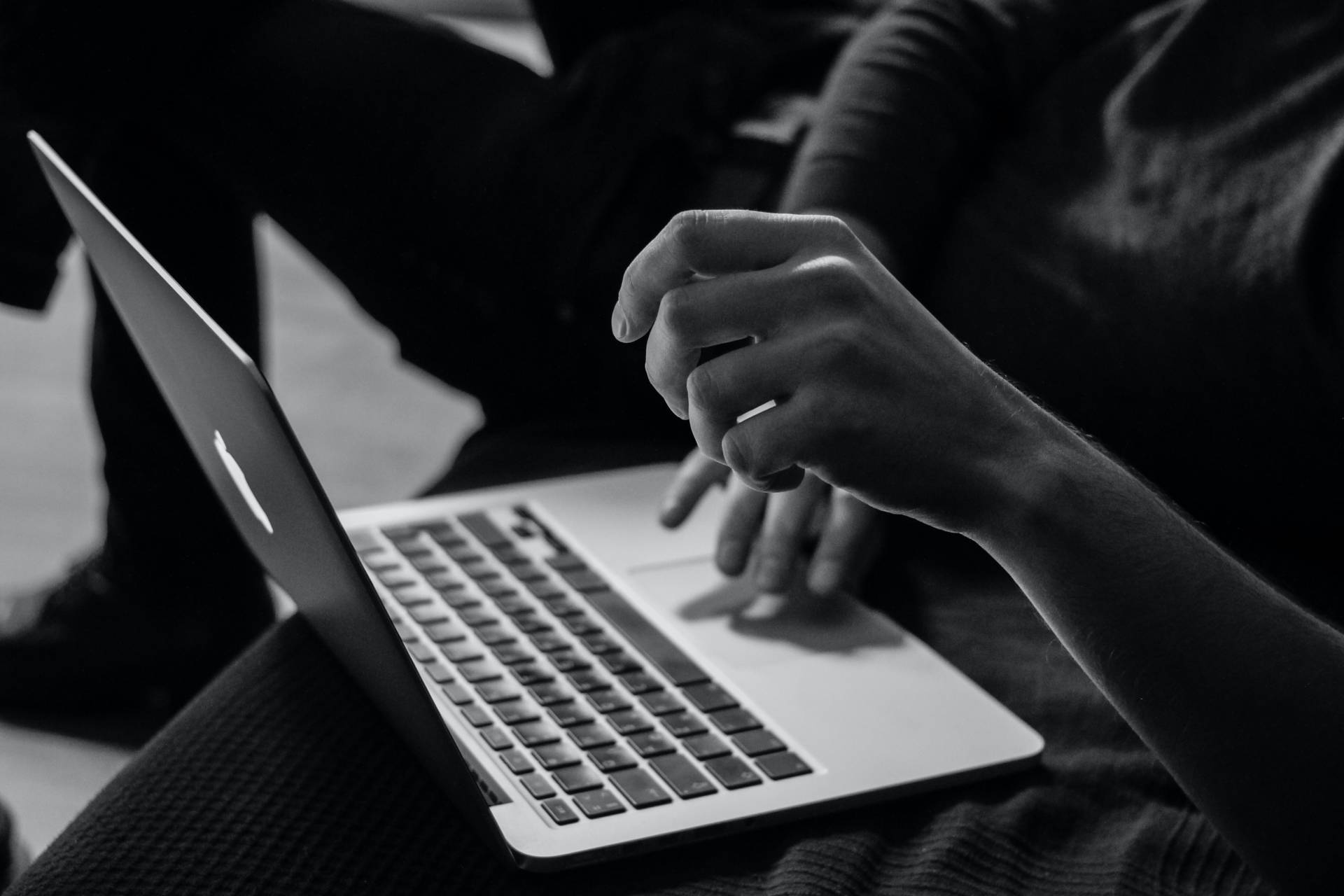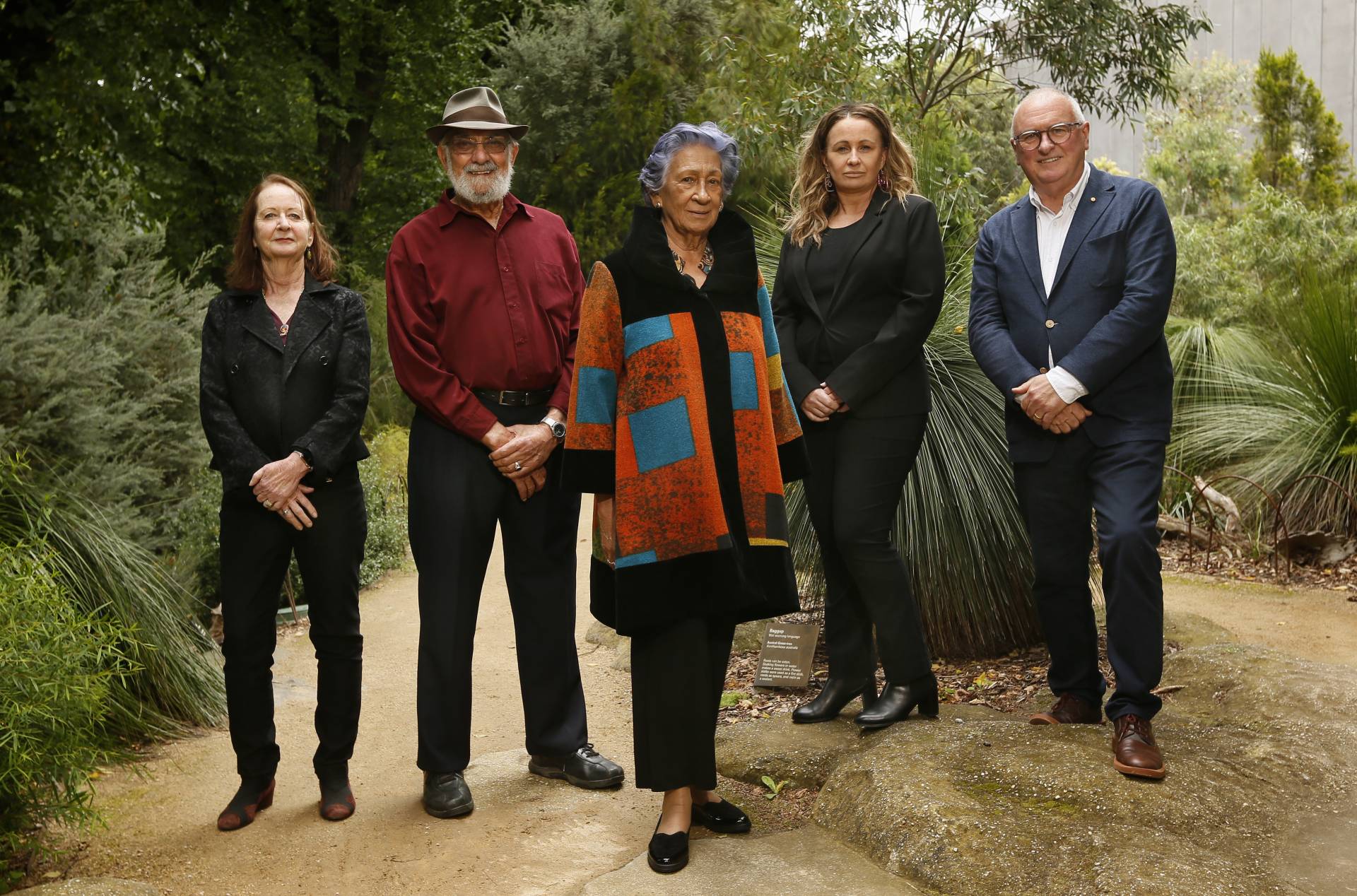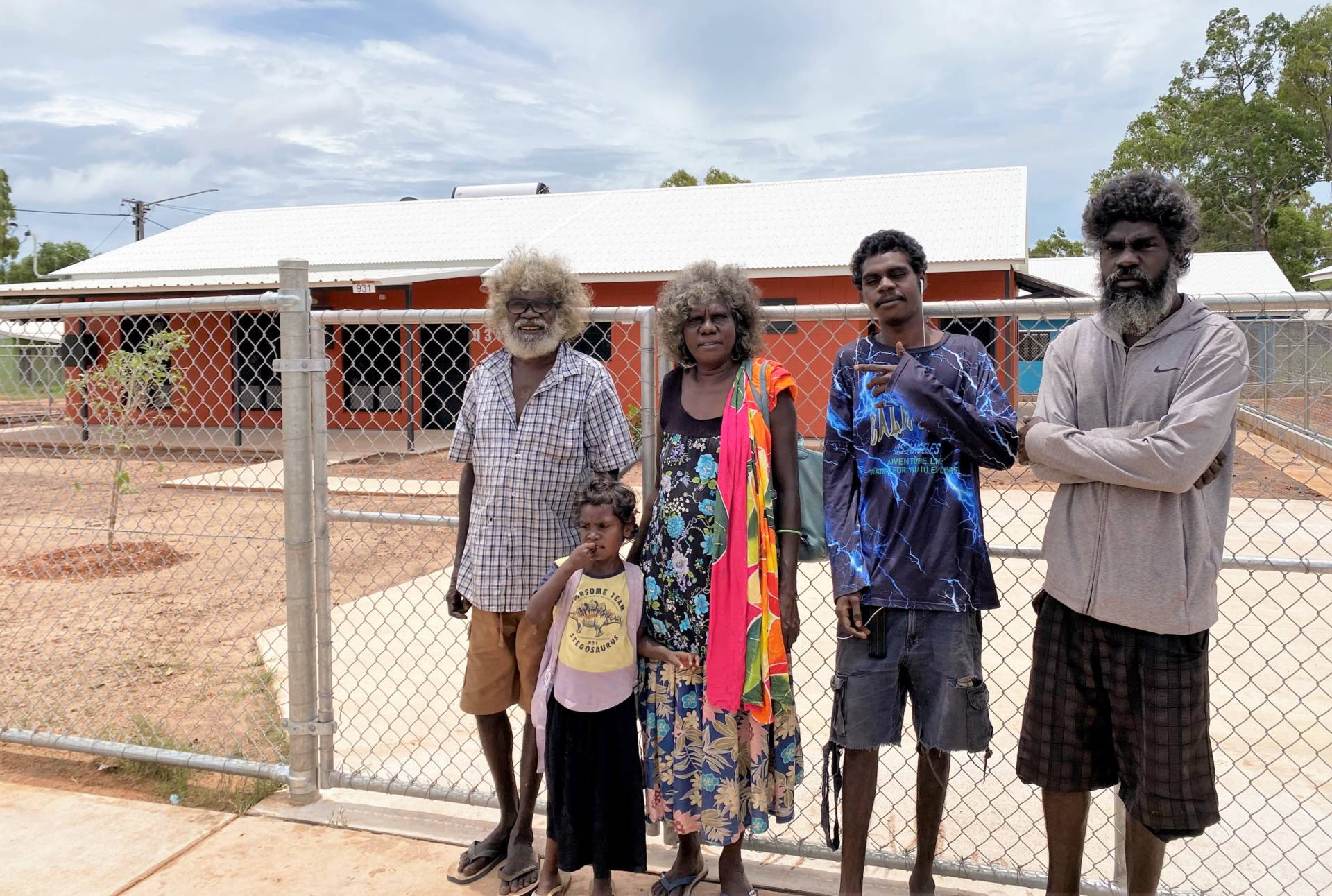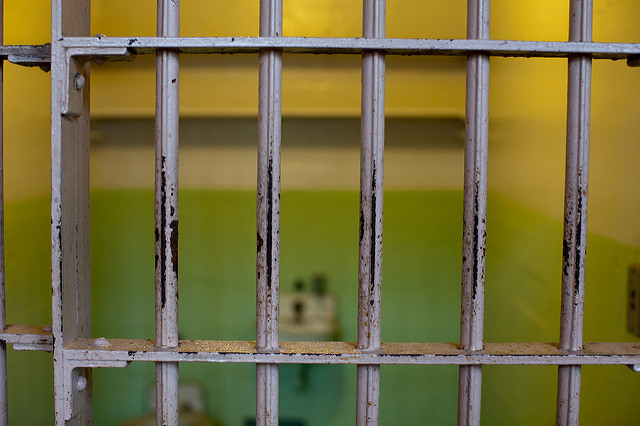If the internet were an animal what would it be?
“It would be a chimera because it’s kind of strange and scary at times – especially if you don’t know what you’re doing – but it’s also pretty cool and beautiful.”
Those are the words a 17-year-old Aboriginal girl used answering a question about online experiences.
Professor Bronwyn Carlson, head of the Department of Indigenous Studies at Macquarie University, has done extensive research into Indigenous people’s experiences online.
She found many ugly things in her research, including social media groups that were set up to increase hatred towards Indigenous kids.
“On one of them I saw, they were calling for an annual cull of Indigenous kids,” Professor Carlson said.
“Another they were calling for people who knew how to use weapons against our kids.
“Other posts I’ve seen where people have said that bull bars on the front of cars are best used to mow Aboriginal kids down. That was in the wake of (Kalgoorlie teenager) Elijah Doughty being killed after being hit by a car.
“It’s not meant to be ‘humorous’, not just like some sort of racist ‘humour’ if you can even call it that – these are actual people calling for threats of violence to Indigenous kids.”
On Tuesday, eSafety Commissioner Julie Inman Grant will be in Canberra with Communications Minister Michelle Rowland to launch a new report into online safety for Indigenous children and a package of resources aimed at helping First Nations people of all ages keep safe online.
The report, Cool, Beautiful, Strange and Scary: the online experiences of Aboriginal and Torres Strait Islander children and their parents and care givers, is based on much of the research by Prof Carlson.
It shows young Indigenous people use the internet in greater than average numbers to explore the world, make new friends, connect with people from different backgrounds, and discuss social and political issues.
However, First Nations youth face a greater risk of exposure to a range of harmful content and are nearly three times more likely to report experiencing hate speech.
Minister for Indigenous Australians Linda Burney said technology can be a great tool to build connection, support identity and boost civic engagement.
“But today’s research from the eSafety Commissioner is a reminder it also carries risks, with young Indigenous Australians more likely to be exposed to harmful content or hate speech attacks,” she said.
“As with so many other areas where disadvantage undermines health and wellbeing, more work is needed to ensure equal protections and access to the good things the internet can provide.
“This is especially so as we begin the referendum process to enshrine an Aboriginal and Torres Strait Islander voice in the Australian constitution.”
Prof Carlson agrees that in the lead-up to the referendum the online environment is already becoming even more toxic.
She also says when Aboriginal sportspeople are racially abused – like the recent cases of AFL player Jamarra Ugle-Hagan and NRL player Latrell Mitchell – it can affect Indigenous children.
“These players are heroes and role models to a lot of Indigenous kids and for them to see them constantly badgered by that racist stuff, it would be easy for young people to think that that’s the way it is, a sort of normalisation of racism,” Prof Carlson said.
eSafety Commissioner Julie Inman Grant said their office investigates and removes harmful content every day.
“Our research reveals negative experiences online can have a profound impact on young First Nations people, triggering feelings like sadness and anger or a sense of isolation,” she said.
“But our research also shows young First Nations people are demonstrating a high degree of resourcefulness and resilience, taking positive and proactive steps such as blocking or deleting, reaching out to friends, families, schools or police, and changing privacy settings.”
The report also found:
* Indigenous children have a high level of internet engagement.
* Indigenous children are more likely than the wider Australian population to have negative experiences online, such as being the target of hate speech and cyberbullying.
* Parents and caregivers of Indigenous children are closely engaged with their child’s internet use and are highly likely to explore strategies for safer internet use with their child.
AAP





